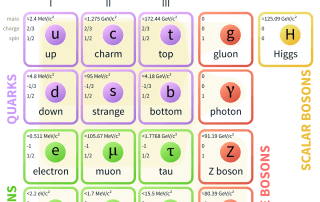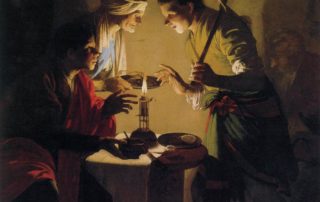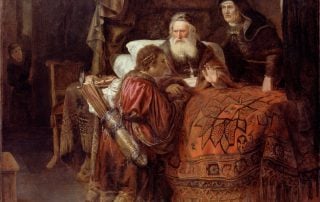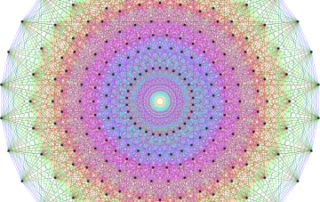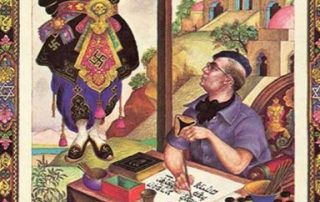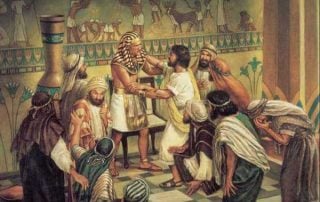Breaking Symmetry to Inaugurate the Priests
The Torah portion Tzav describes a ritual performed by Moses in consecrating Aaron as the High Priest (Kohen Gadol) and his sons as priests (kohanim): And the other ram was presented, the ram of consecration, and Aaron and his sons laid their hands upon the head of the ram. And when it was slain, Moses took of the blood thereof, and put it upon the tip of Aaron’s right ear, and upon the thumb of his right hand, and upon the great toe of his right foot. And Aaron’s sons were brought, and Moses put of the blood upon the tip of their right ear, and upon the thumb of their right hand, and upon the great toe of their right foot; and Moses dashed the blood against the altar round about. Leviticus [...]


